Project Description
Odour pollution is the second reason for citizens’ complaints after noise, across Europe. Frequent exposure to odour is associated with headache, stress and respiratory problems. Odour nuisance is an indicator of larger environmental issues, such as poor waste management or polluted water. Yet, odour pollution has repeatedly been ignored in environmental regulations leaving citizens defenceless. Due to the lack of regulation, situated technical studies are rarely conducted and data and statistics on odour pollution are scarce or difficult to access.
D-NOSES aims to provide a solution to this largely neglected problem by reversing the way in which odour pollution is commonly tackled. Our approach is to empower citizens with RRI, citizen science and co-creation tools to become drivers of change. D-NOSES promotes a quadruple helix model that will be applied at local, national and global levels. Through the International Odour Observatory, we will guarantee access to information in odour pollution. We will co-design citizen science interventions across 7 European and 3 non-European countries, where citizens will use innovative mapping tools to crowdsource odour issues and co-create ad-hoc solutions with CSOs, NGOs, local public authorities, odour emitting industries and academia.
Advocacy actions, together with project results, such as DIY Guidelines for project replicability, scientific guidelines for policy making and The Green Paper on Odour Pollution, will be used as policy tools with the ultimate aim of introducing odour pollution in the policy agenda. A ‘Strategic Roadmap on Odour Pollution’ will pave the way for bottom-up, multi-level governance for increased sustainability in the medium to long term. To address D-NOSES aims we have assembled a world-class partnership combining experts in RRI, citizen science and co-creation, International Associations, odour scientists, including universities and SMEs, local administration and public bodies from 9 countries.
Impact Assesment Tools
Current Project Impact
The following scores were calculated using a statistically-driven machine-learning approach, a type of AI that learns to perform a task by analysing patterns in data. This is an experimental approach to citizen-science impact assessment, and the exact reasoning behind the scores is not explainable. The scores represent a best guess of the impact the project is having in each domain. Scores are recalculated and updated when “View impact report” is clicked.
Domain Progress
Proportion of questions answered in each domain.
-
This is the beginning of a journey (some would say a "trajectory" ) along more than 200 questions. Don't worry; you don't have to answer them all at once. Do something, and come back some other day. You will find a lot of help along the way, and if you're generally happy to start, just click on "Ok, I got it!" below. If you're unsure how to answer a question, again, don't worry, answer it in the way that makes most sense to your project and you can always come back and change it later. If you still have doubts about life, the universe and everything, now or later, head to where to find help for advice and all the clarity you might look for.
